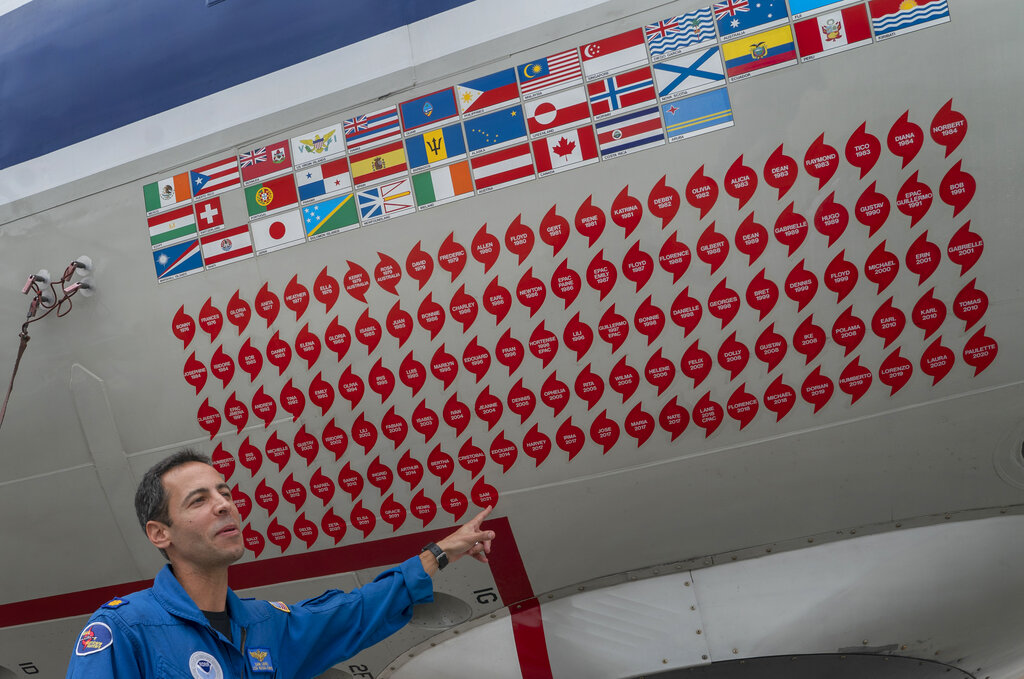Batten down the hatches for another nasty hurricane season.
Nearly every natural force and a bunch of human-caused ones — more than just climate change — have turned the last several Atlantic hurricane seasons into deadly and expensive whoppers. The season started Wednesday and looks like another note in a record-breaking refrain, experts warn.
They say many factors point to, but don’t quite promise, more trouble ahead: the natural climate event La Nina, human-caused climate change, warmer ocean waters, the Gulf of Mexico’s deep hot Loop Current, increased storminess in Africa, cleaner skies, a multidecade active storm cycle and massive property development along the coast.
“It’s everything and the kitchen sink,” Colorado State University hurricane researcher Phil Klotzbach said.
In the past two years, forecasters ran out of names for storms. It’s been a costly rogue’s gallery of major hurricanes — with winds of at least 111 mph — striking land in the past five years: Harvey, Irma, Maria, Florence, Michael, Dorian, Humberto, Laura, Teddy, Delta, Zeta, Eta, Iota, Grace and Ida.[related title=”” stories=”12597,12103″ align=”left” background=”on” background_color=”” border=”all” border_color=”#888888″ border_size=”1px” shadow=”on”]
More Category 4 and 5 hurricanes made U.S. landfall from 2017 to 2021 than from 1963 to 2016, National Hurricane Center Director Ken Graham said.
Graham, echoing most experts and every preseason forecast, said “we’ve got another busy one” coming.
Last year, the Atlantic set a record for six above-average hurricane seasons in a row, smashing the old record of three in a row, and forecasters predict a seventh in 2022.
The only contrary sign is that for the first time since 2014, a storm didn’t form before the official June 1 start of the hurricane season, but forecasters are watching the Eastern Pacific’s record-setting Hurricane Agatha that looks likely to cross over land and reform as Alex in the Gulf of Mexico later this week.
